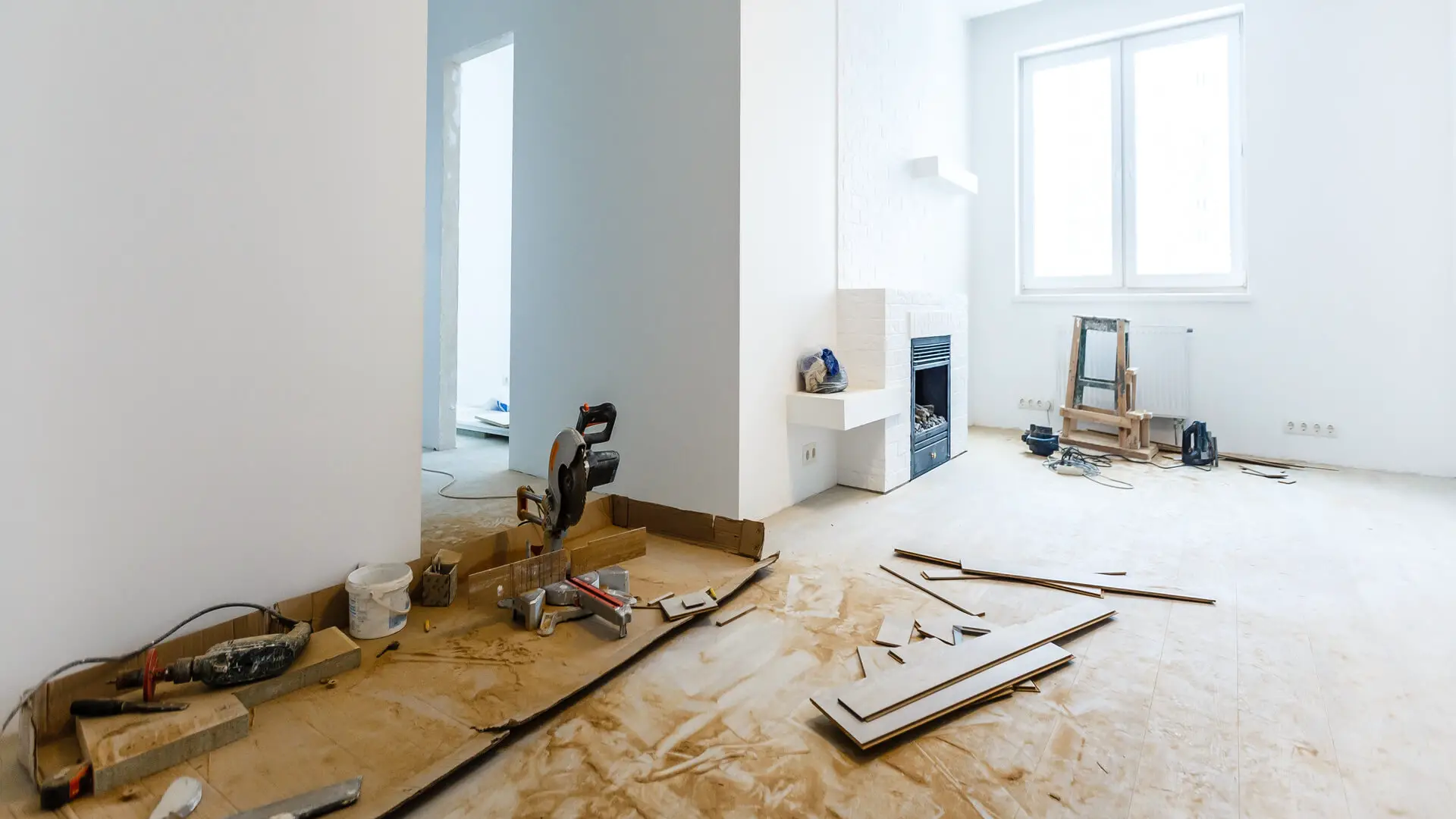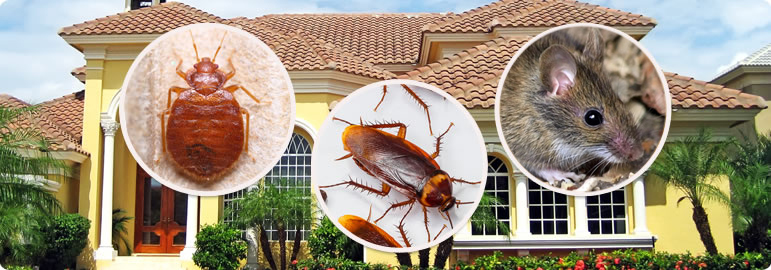Gardening is a way of life. Those who start with it, even in the simplest of forms, soon get drawn in and, entangled in the intricate beauty of it. From a simple pot plant to an entire garden, it’s not something that seemingly happens overnight. Although we all know it’s a lot of hard work, dedication, and attention to detail that makes it happen. Nevertheless, it’s a continuous all-year hobby that can always have something new to do for you.
In this case, it’s preparing and planning for the next season and harvest. Preparation is the key to getting the most out of your delightful garden, and in this period, it needs all the help it can get from us. It doesn’t have to be much, but it will mean a lot to it. Laying the foundation for future success should start with soil preparation:
1. Tidying up the soil
Weeding out the ground is paramount for success. Your gardening area is usually rich in fertile soil so, all plants can flourish from it. The same applies to all types of weed which, if left unattended, will spiral out of control in a short amount of time, let alone after a couple of months.
Taking out any unnecessary plants will let the ground recover and get ready for the next season that you are already planning for. Your future projects will be thankful. Also, you don’t need to discard anything you weed out, as you can use them along the way. We will get to that soon as we are just warming up.
2. Fence Maintenance
Since you are already cleaning your future planting areas, your eyesight probably wandered off to your neighboring fence. Paint may be chipped, some parts are loose, and God knows what is growing alongside it. If you have to just de-weeded your gardening area, know that weeds (and other plants) can easily spread, so taking care of any unwanted greenery alongside the fence is desirable.
Also, if you repair and make your fence up to date, you can use it as the foundation for potted plants. It can be treated as another wall to hang your creative potted ideas. Or you can even go a step further, involve the kids, and let them repaint or paint the fence.
3. Use local seeds
One thing to remember is that you can also save by using seeds from your plants. After all, you grew them, you know they are good so, it makes sense to have them again. You can also ask anybody that you know gardens for a small donation or can even swap.
If that’s not the case, consider buying local organic seeds. These are grown in the relative area where you live, or at least from the same climate. That means that those plants will have a much easier time adapting, growing, and flourishing as they have the advantage of home turf.
4. Trim the bushes and trees
Look for signs of dead branches as those can sap and slow the growth of your trees and bushes the most. Cut them away now and, you are only giving your plant a better chance of growing ever larger. Also, many bushes and trees benefit from pruning.
If you have risen bushes or other decorative plants in general, now is the time to prune them. Pruning also shapes them the way you want and envision them to grow. Now with all those unnecessary parts out of the way, you can use them to your benefit.
5. Start composting
Making your compost is a game-changer when it comes to gardening. All those by-products so far can simply be composted and alongside many other organic things. Simple organic waste like kitchen leftovers, for example, can be added to the pile.
And then you just leave nature to take its course and, when it’s time to jump-start your garden, you have homemade compost at the ready. It also saves you a bit of money, plus you don’t have to go thru the hassle of picking and buying composts from the store.
6. Maintain the tools of the trade
Would you eat something with a rusted fork or spoon? Or maybe let a doctor touch (or operate) on you without sterile equipment? Absolutely not, and the same applies to your plants. Before using your favourite garden accessories, make sure to disinfect them first. The same applies after you are done with the yard work. They are all dirty and wet, and if left unattended in your shed over several months, it will only lead to degradation.
Rust and bacteria will appear and, when used on a plant (especially when cutting them) can cause a whole slew of diseases, trouble, and headache. This is the last thing you need from your tools. Your gardening equipment is there to help you achieve your vision, not the opposite. So, it makes perfect sense to give them some attention and a good scrubbing before letting them rest.
7. One last lawnmowing
Before winter comes, it is a good idea to run the lawnmower one last time before you tuck it away for several months. This makes more compost and sets the whole yard to a starting point for next year. Then, it’s time to inspect your lawnmower. Make sure to clean it up, with all the hard-to-reach spots as it will be inactive for a long time.
If you are using a gas-powered one, you can have a mechanic inspect the engine and blades. Or you can try that yourself. Take the gas out as it shouldn’t remain inside over several months. Oil the blades and moving parts and, then you can let the machine have a well-deserved rest.
8. Fertilize the soil
Refreshing and preparing everything for the coming months can take the focus from the important part. When you get caught up in everything, it’s easy to forget about the soil. During the winter colds, the earth can get compacted and, you should loosen it up by using a sharp spade to make as much breathing room as possible. If you have gardening beds, then this will be a bit easier and, you can feel if the soil is loose enough.
Also, now is the time to re-compost and add additives. This is not as complicated as it may sound. A simple PH test can tell you all you need to know and, with a bit of googling, you can adjust for the next season. All plants benefit from fertile soil, but some plants benefit more from a certain type of minerals. If you have dedicated plant areas, you can add specific additives to the ground, for future plants and help them immensely. A bit of dedication at this moment can yield a fruitful harvest next year.
9. Start pre-planting
As we said, once someone starts gardening, it gets in their blood. Why stop gardening just because of a bit of snow? Many plants take a long time from seed to sprout and, you can apply this knowledge to your advantage. Taking some time to pre-plant lettuces, onions, potatoes, and so on can now get a head start for the upcoming season.
And while your neighbours and friends will just be planting seeds, you will be wiping out plants and getting a head start. Just like in the tale of the ant and grasshopper. You are prepared and deserve to enjoy the fruits of your labour.
10. Take care of the Greenhouse
This is one more area that should not be left to its own devices. Sweeping the floor is just the start. Most of your attention should go towards the glass panes and areas where they connect. Tucked away in corners, joints and, knacks are areas of dirt, filth, and organic matter that can easily mould within a couple of months. Neglect is the breeding ground and fu for any type of mould which can easily thrive in this haven made for your plants.
Since you are washing, simple detergent can do the job, and don’t forget the outside as well. The goal here is to make the glass as clean as possible so it lets more sunshine in and, there is no need to explain why that is beneficial. Pots and beds should first be emptied, scrubbed, and then refilled as that way you minimize the chance of them becoming houses for pests.
11. Pest control
We’ve spoken quite a bit about them and, they still deserve their separate spot, just to be sure. These nasty little buggers can pray and feast on your plants during any stage of their growth. As you are taking care, and preparing everything for the season to come, so will they use this time and opportunity to swell their numbers. White vine larvae are easy to spot and should be dealt with swiftly.
Slugs and snails as well. Using simple chemical drenches does the job well, is minimally invasive and toxic towards the environment. After all, you are growing those plants so that you can eat them and, no freeloaders are allowed here.
When you are building a house, the key factor in preparing the foundation. About anything that you do in life is built on the same principle. Gardening is very similar, mostly because nature is involved in no small way. As plants have their life cycle and we need to adapt to the climate and weather conditions, so do our gardening activities. Using this slight downtime is a perfect opportunity to view the given time as a blank slate.
Doing any activity for your plants and garden, that we mentioned above, is an excellent way to stay ahead of the curve. Seeing as the best time to start is now, getting to help your garden has never been better. After which you can relax back and be carefree as all that is left is to wait for the next season to come. And when it does, you will be more than prepared to jump-start and have a thriving, vibrant, and fruitful garden in no time.






